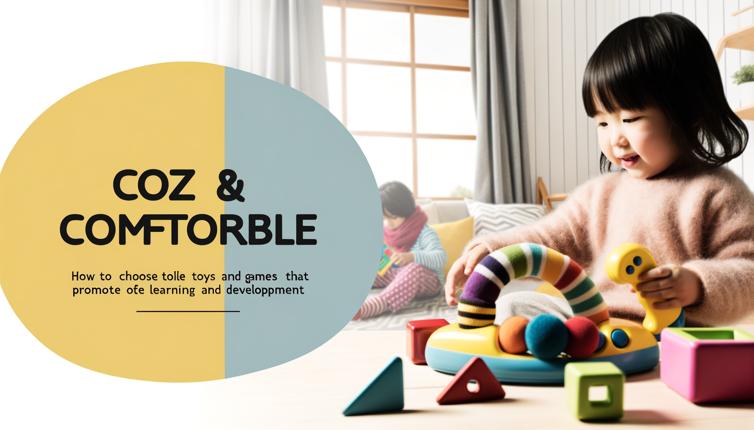1. Consider the Learning Objectives
Before selecting a game, it's important to consider the learning objectives you want to achieve. Are you looking to teach specific skills, such as problem-solving or critical thinking? Or do you want to focus on specific subjects, like math or language arts? Identifying your learning objectives will help you narrow down your choices and find games that align with your educational goals.
2. Read Reviews and Recommendations
One of the best ways to gauge the educational value and overall quality of a game is by reading reviews and recommendations from other parents, teachers, and experts. Look for games that have positive feedback and are highly recommended for their educational content. Websites and forums dedicated to educational games can provide valuable insights and suggestions for games that are both fun and educational.
3. Look for Interactive and Engaging Features
To ensure that the game keeps children engaged and entertained, look for interactive and engaging features. Games that incorporate elements like puzzles, challenges, and rewards can make the learning experience more enjoyable. Additionally, games with customizable avatars or leveling systems can provide a sense of progression and achievement, further motivating children to continue playing and learning.
4. Check for Age Appropriateness
It's essential to choose games that are age-appropriate for the children you are targeting. Games designed for younger children may focus on basic skills like colors and shapes, while games for older children may cover more complex topics. Take into account the age and developmental stage of your audience to ensure that the game content is suitable and aligns with their abilities and interests.
5. Balance Fun and Learning
The key to finding games that are both fun and educational is striking a balance between the two. While the primary focus should be on educational value, it's crucial not to sacrifice enjoyment and entertainment. Look for games that seamlessly integrate learning into the gameplay, making it a natural and enjoyable part of the experience. Games that allow for creativity and exploration can also enhance the fun factor while promoting learning.
Conclusion
By following these top tips, you can choose games that are both fun and educational, providing children with an engaging learning experience. Remember to consider the learning objectives, read reviews and recommendations, look for interactive features, check for age appropriateness, and balance fun and learning. With the right games, children can have a blast while expanding their knowledge and skills.








